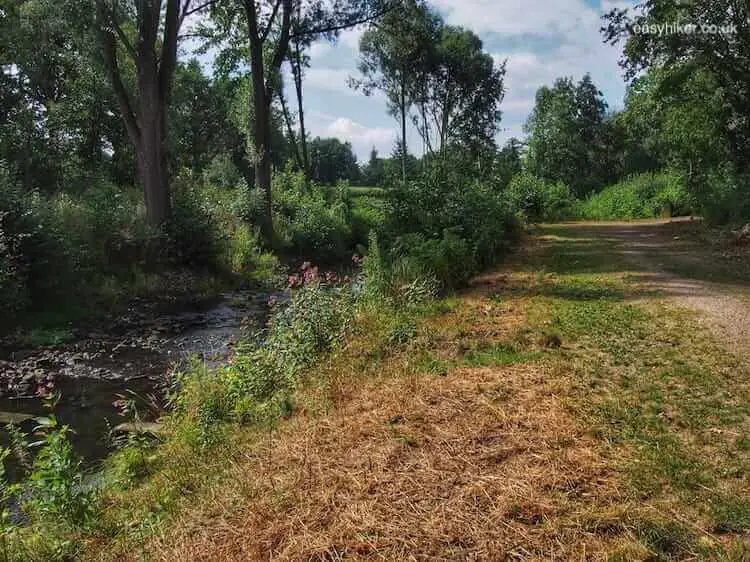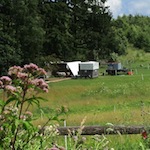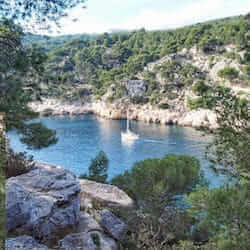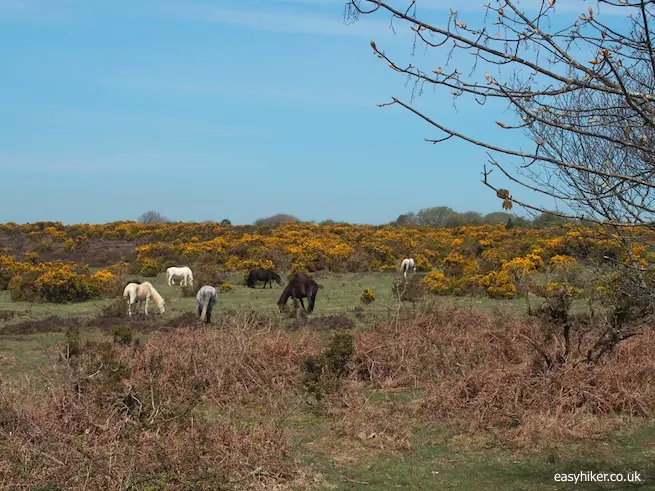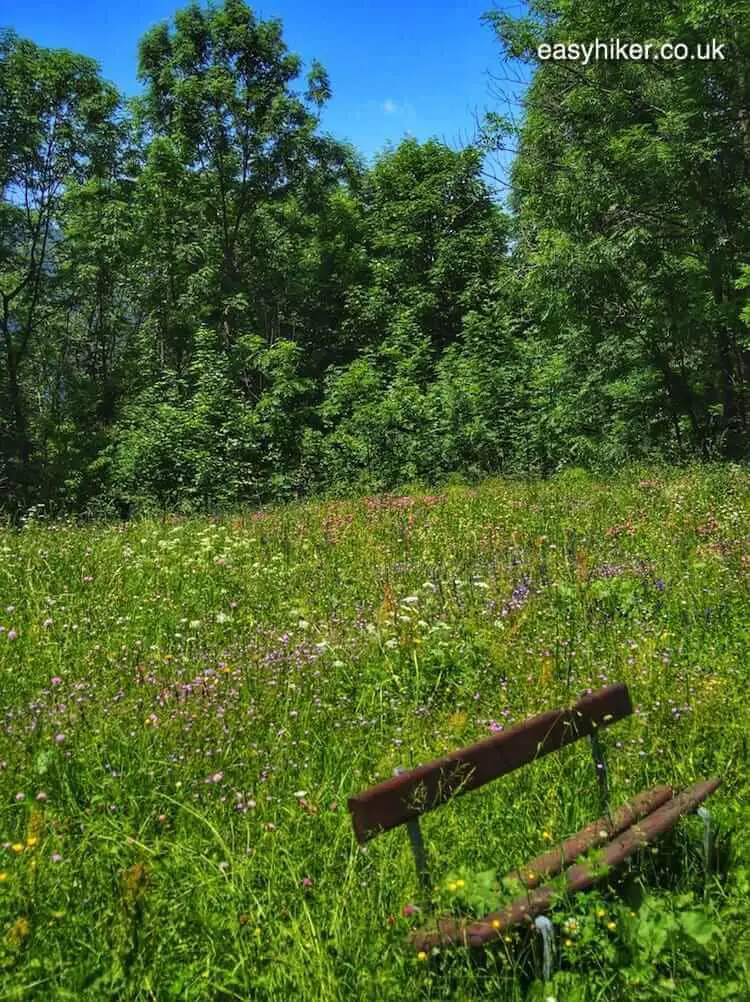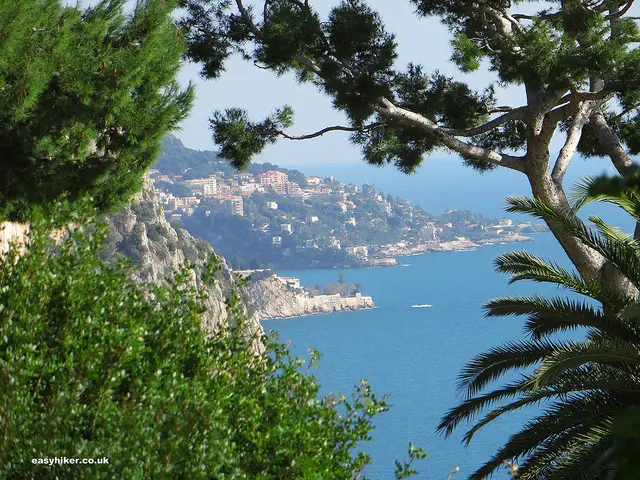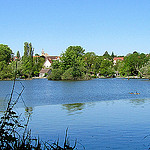“Spazierwanderwege” – as the Germans call their designated easy hiking trails – are designed to pack the punch of a heavyweight into the frame of a lightweight fighter: this is what we learned last week.
These trails have been engineered to provide hikers with everything they like: dense forests, idyllic views, scenic bodies of water and picturesque villages, condensing all of that …
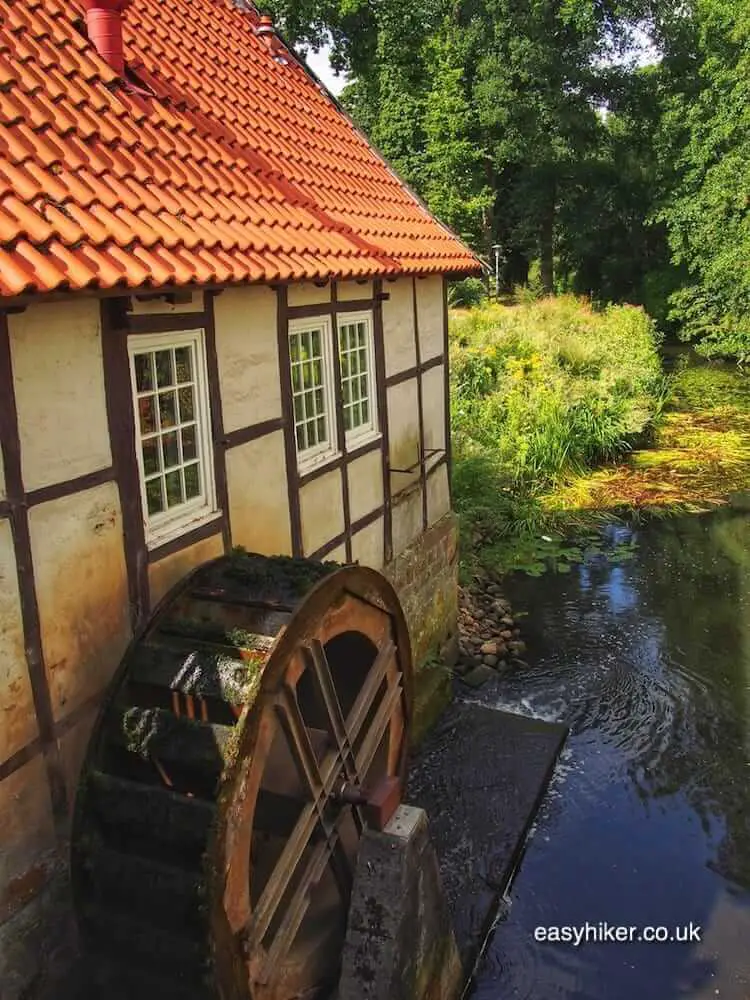
… into a walk of two to three hours.
This is a great idea – so great, in fact, that one feels tempted to add a healthy dose of scepticism. Do these trails really work: can they meet the expectations their advertisements are designed to generate?
And if they do not: is this the fault of a misguided concept or down to the way in which a good and sound idea has been implemented?
In this post and next week’s follow-up, we shall set out to test how well the theory holds up in practice.
We are inviting you to follow us on two walks in the Teutoburg Forest region on the border between the states of North-Rhine-Westphalia and Lower Saxony in the northwest of Germany.
Approx. 30 spazierwanderweg trails have been certified by the German Hiking Institute: that is a proud number, considering certifications only started in June 2018.
If you go down this list, however, you will quickly realize that most of these trails are concentrated in very few regional clusters. This may seem a little odd at first glance but, if you think about it, follows a strict logic.
See it through the eyes of a local tourism authority – or through the eyes of home-proud hiking enthusiasts who want to share the beauties of their local landscape with the highest possible number of visitors.
People are unlikely to come from far away for a half-day stroll, but a pick-and-choose menu of five or ten differently flavoured short hikes may easily attract them for a long weekend or a one-week holiday.
Such clusters can be marketed as an “umbrella brand” where individual products support each other by compensating for individual shortcomings.
The Lengerich Canyon Tour for an easy hike the German way
The Teutoburg Forest region has about 10 such à la carte walks, the so-called Teutoschleifchen or “little loops”. Several of these have been certified as “premium trails” (within the category of short easy walks) by the German Hiking Institute.
These Teutoschleifchen are complemented by 10 larger loops (the Teutoschleifen) that cover distances between 7 and 13 km. All of these walks, as their designation as “loops” appears to suggest, are circular in shape.
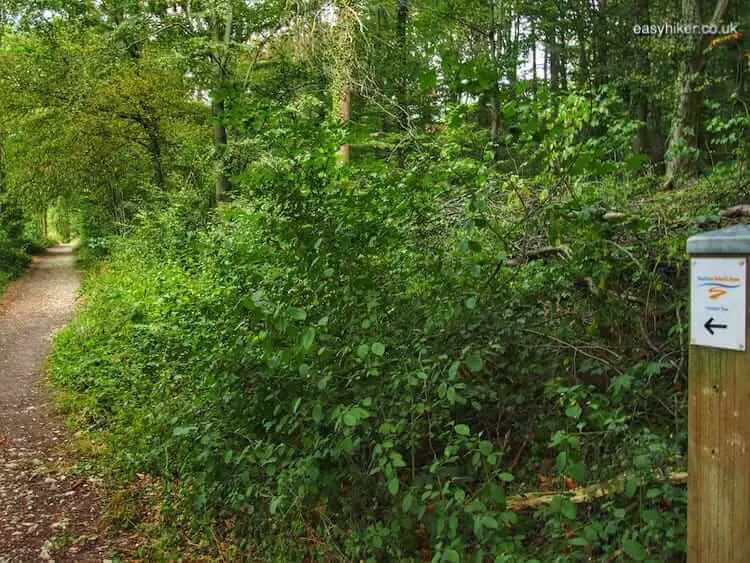
The Lengerich Canyon Tour guides hikers around an old limestone pit that was flooded when the quarry was closed in the 1970s, after it had been in operation for more than 400 years.
The “selling point” of this body of water is its attractive turquoise hue …
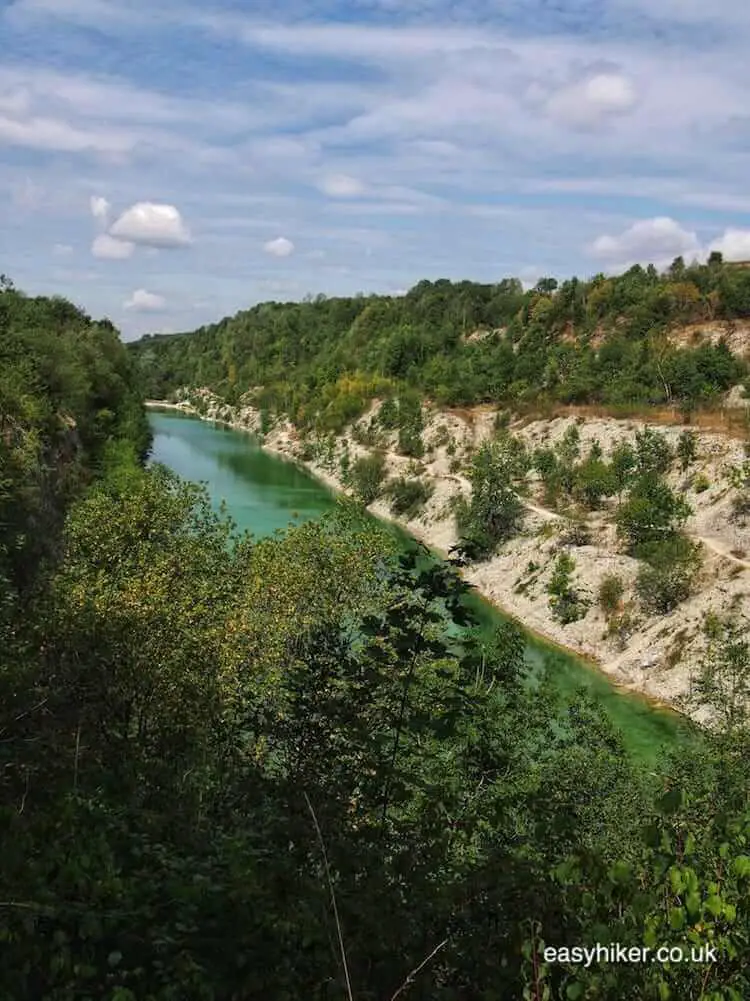
… which is the product of a high lime content and a strong growth of algae. (Many quarry lakes look this way. Strictly speaking, the blue colour is the product of an optical illusion, since any sample of the water itself will be colourless and transparent.)
The Lengerich Canyon Tour walk starts at the Hortensia Chapel which is a 15-minute walk away from the town centre of Lengerich. (The town has a train station, and buses travel frequently between the town centre and the near-by cities of Münster and Osnabrück.).
Walk through the chapel’s gate and take a sharp right turn at the end of the Hortensia gardens, parts of which are used as a cemetery.
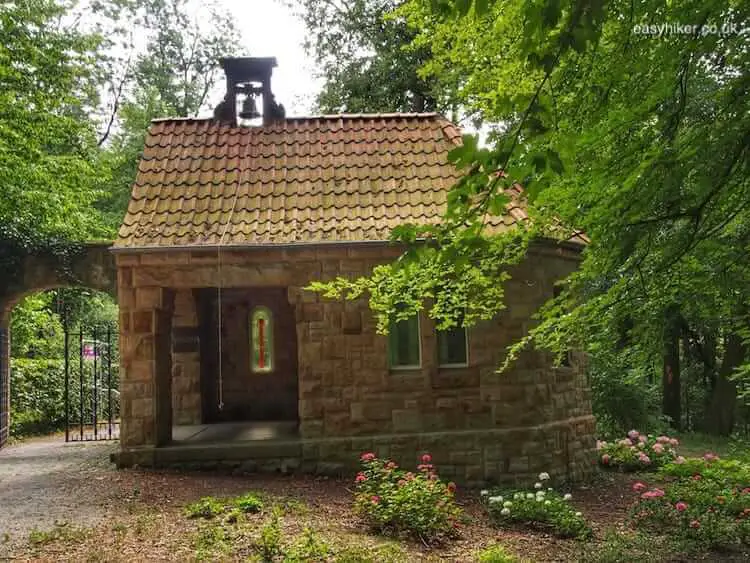
The route combines stretches of dense forest with walks in the open country …
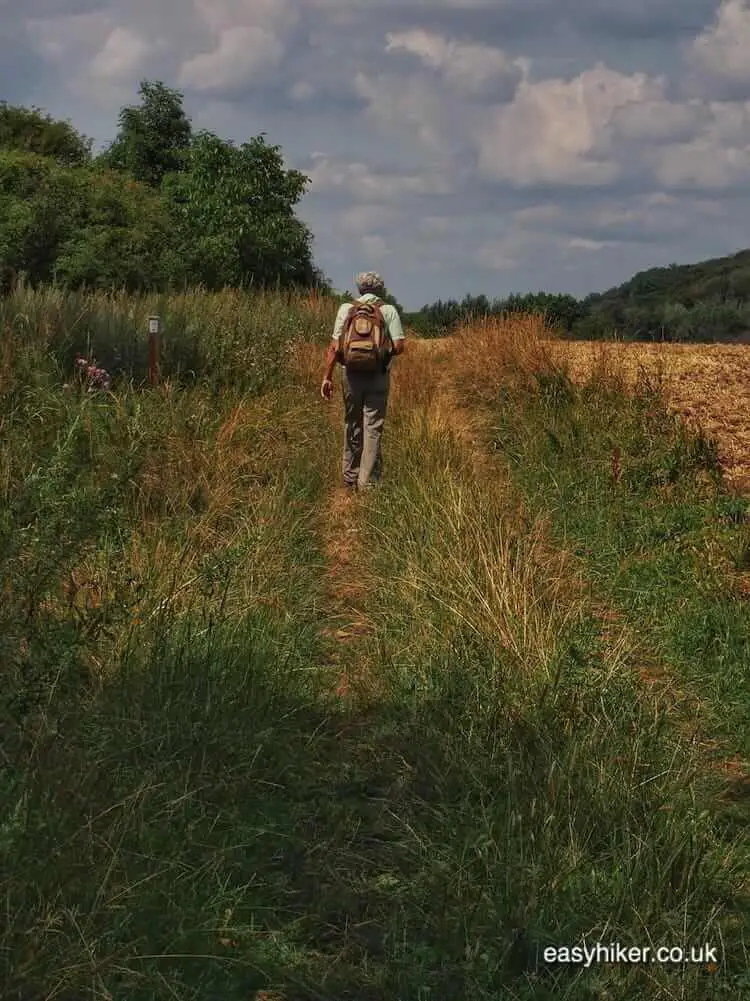
… that are particularly concentrated near the area’s highest peak – but don’t worry: the Kleeberg is only 220 m high, and since Lengerich itself lies at an altitude of roughly 100 metres, this is a gentle and almost imperceptible climb.
There is practically only a single part of the walk where you actually have to do a little bit of work.
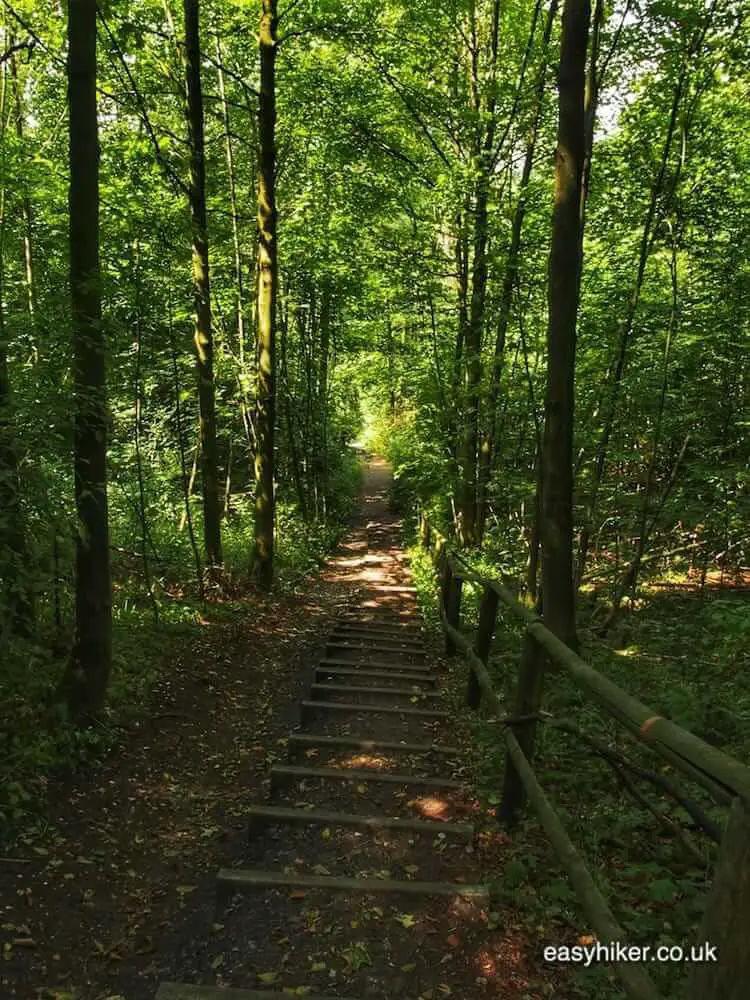
The trail is very well-marked: reassurance markers appear every 100 metres or so, at a much higher frequency than on a “normal” hiking trail because spazierwanderers often hike on the spur of the moment (“hey! let’s go out for a walk today”) and are ill-prepared for the challenges of the (even small) outdoors.
Just as importantly, proper hikers love orienteering: for them, this is part of the fun, while spazierwanderers generally feel that all of that unfolding-the-map-and-having-to-decide-on-which-side-of-the-river-are-we-walking-business is getting in the way of theirs.
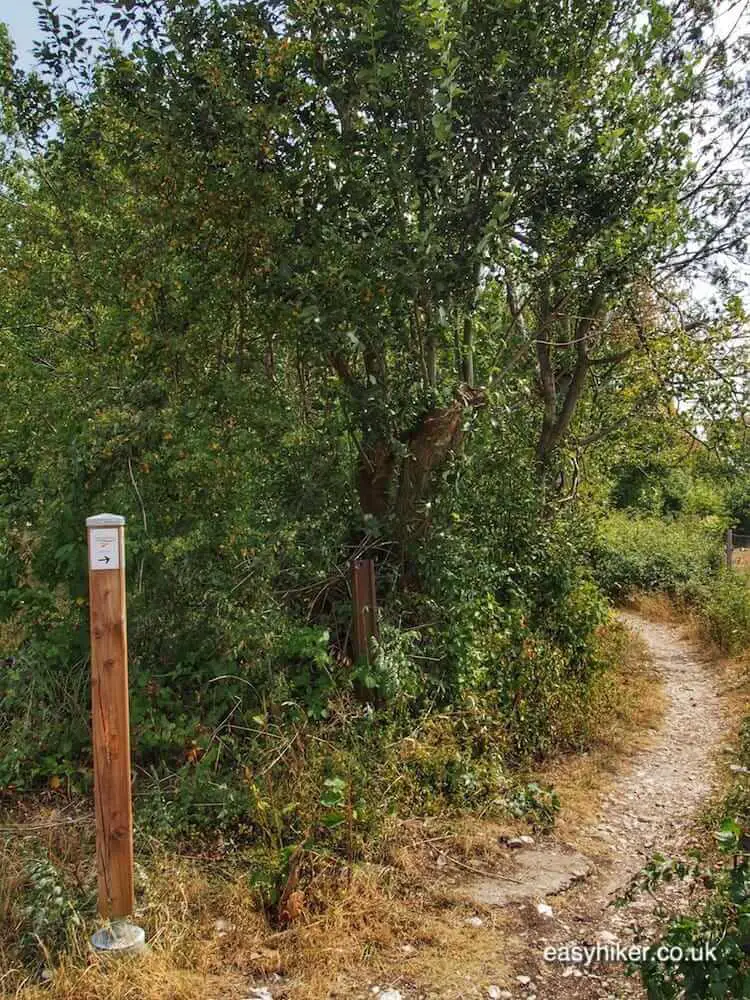
Highlights of the walk include the old Ziegenhütte where goats have been kept for as long as any local can remember …
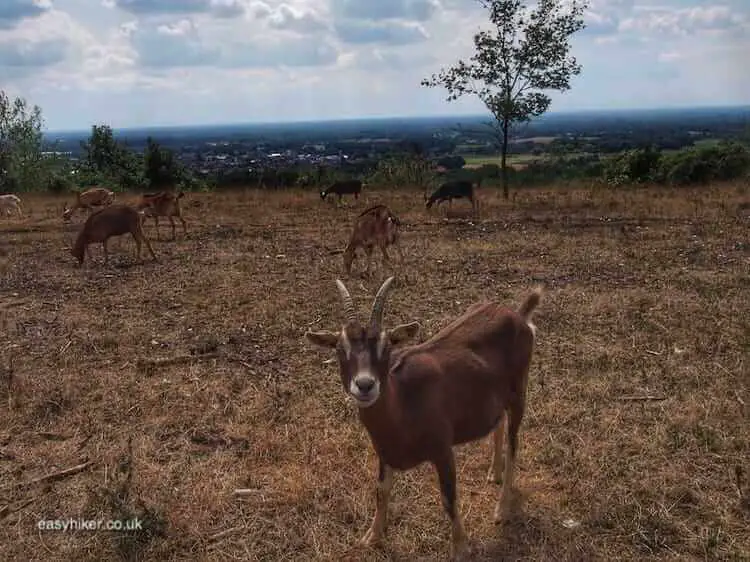
… and views of the limestone pit.
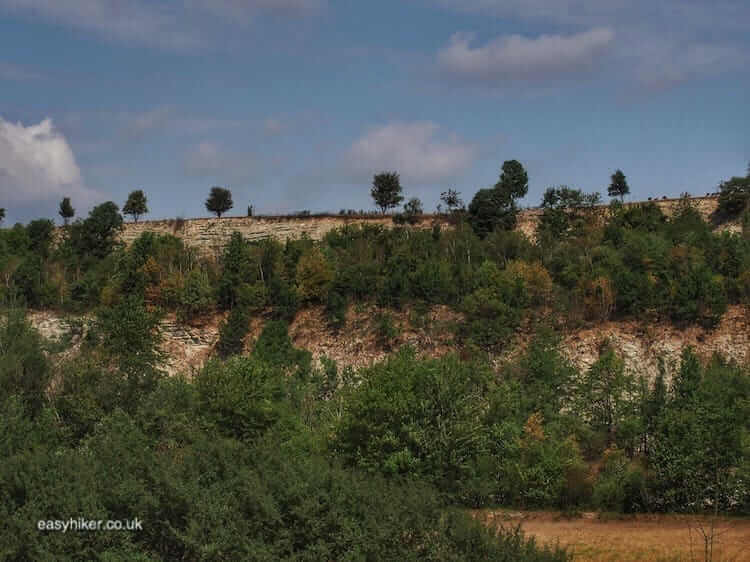
The route is 5.3 km long, but if you come here by public transport instead of travelling by car directly to the Hortensia Chapel, you must add a total of 1 km (if you have taken regional bus line 51 to the town centre) or 2.5 km (from the train station).
These “feeder trails” are rather dull and boring, and although it would be unfair to judge the trail by the flavour of its access roads, the Canyon Tour has other longueurs on top of those, mainly between the Ziegenhütte and the Hortensia Chapel. Which means that, together, these longueurs make up a fair proportion of the trail’s total length.
Those are partly compensated by the views into the Canyon itself, which are indeed a spectacular sight, but – rather disappointingly, perhaps, considering the trail is called the Canyon Tour – you only get these views twice along the way: once near the start and once a few steps behind the Ziegenhütte.
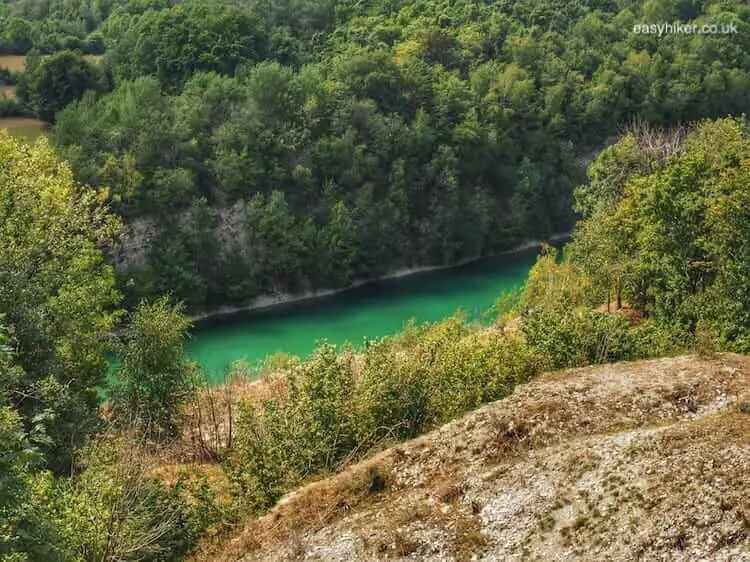
Conclusion: are certified, dedicated spazierwanderweg trails likely to increase the number of hikers in Germany? I am unconvinced.
Mind you, this is not the fault of the Teutoburg Forest or the German Hiking Institute. Few landscapes – in Germany or anywhere else in Europe – feature the number of densely packed highlights that is required to turn a two-hour walk into a Disneyland-style “adventure experience”.
Some remote stretches in the High Alps may be able to deliver this, but in the more easily accessible lowland regions, it is more likely that full-hearted promises will create expectations that cannot, ultimately, be fulfilled.
Or perhaps I should say: I am not yet convinced – and remain ready to be persuaded.
Maybe we shall have better luck next week when we go on a differently flavoured trail – one which is shorter, flatter and focused on a moving rather than a still body of water.
Stay tuned!
